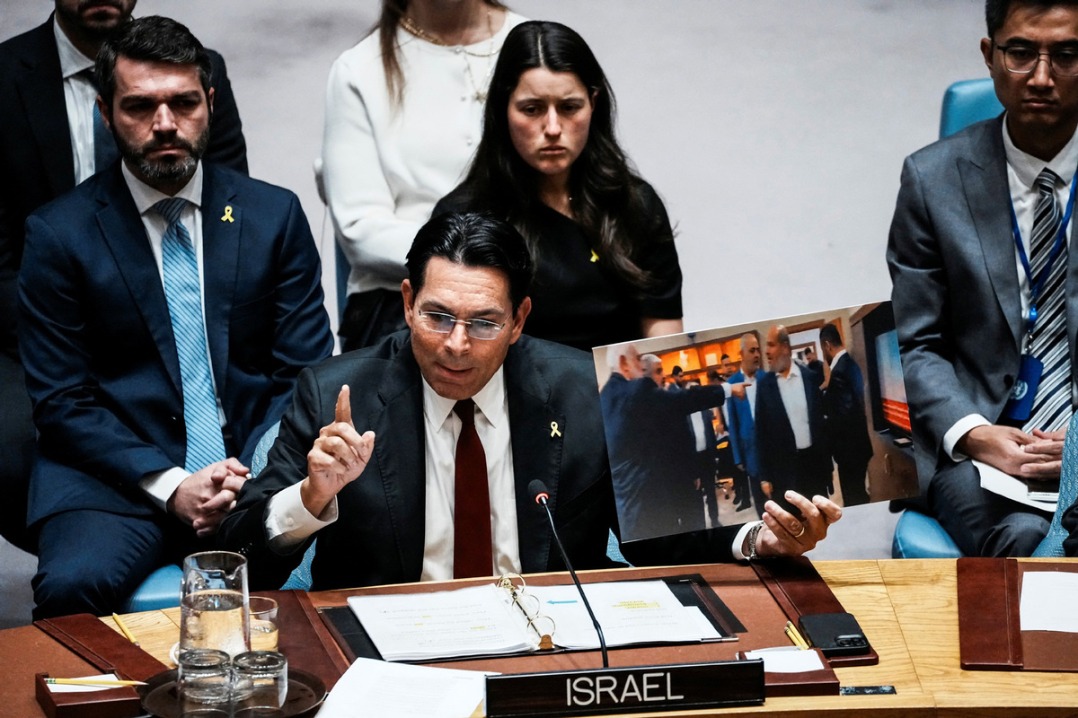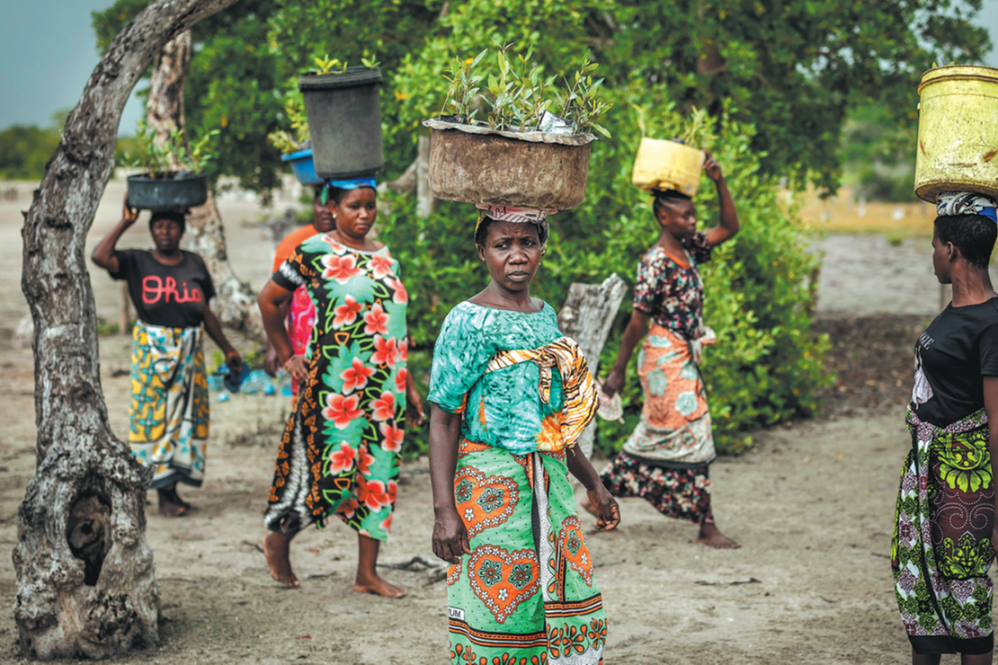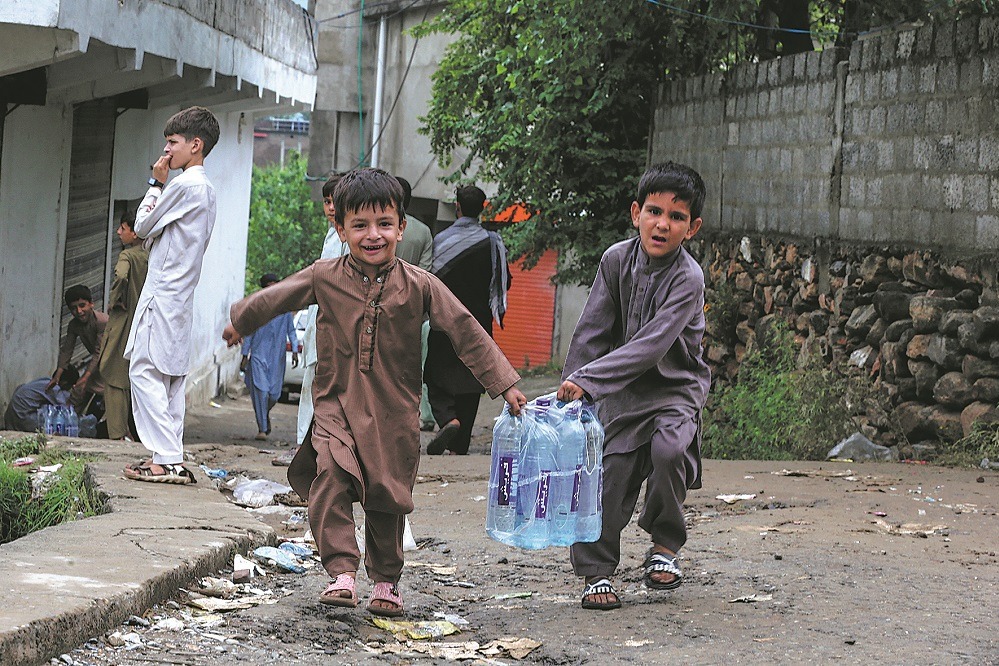Modi hosts online talks with South Asia leaders


After a gap of almost six years, leaders of eight South Asian countries have been brought together by the urgency to fight the novel coronavirus.
A roadmap to combat the challenges from the spread of the virus in one of the most populous regions in the world has been discussed among the countries referred to as South Asian Countries for Regional Cooperation, or SAARC.
Heads of government of SAARC countries and their representatives attended a meeting via video conferencing called by Indian Prime Minister Narendra Modi on Sunday.
Zafar Mirza, Pakistani Prime Minister Imran Khan's special adviser on health, represented the country at the meeting during which Modi announced setting up of the "COVID-19 emergency fund" to which India would contribute $10 million.
Though the proposed fund is voluntary in nature, Bhutanese Prime Minister Lotay Tshering said SAARC member countries "must pool in their limited resources to battle this crisis".
The leaders also discussed Afghan President Ashraf Ghani's suggestion for a framework of telemedicine to combat the novel coronavirus and Bangladesh Prime Minister's call to establish an institution to prevent and fight any public health threat in the region.
The health ministers of the grouping are following up on the suggestions such as deployment of medical staff and training of the health workers to deal with the pandemic that the leaders had discussed.
The region has so far reported close to 400 cases as the coronavirus infection has spread to every continent except Antarctica.
The number of COVID-19 cases in India rose to 147 on Wednesday, according to the country's Union Health Ministry, and three lives have been lost to the virus.
The neighboring Pakistan recorded single-day spikes in the past two days, taking the tally above 230 by Wednesday.
Meeran Yousuf, spokeswoman for Pakistan's Sindh Province's health minister, attributed the spike to the people those who had been held at a quarantine camp in Taftan, the country's border crossing into Iran, testing positive.
"The spike is because of the people who came from Taftan. They had been quarantined there, and then we moved them to our own facility where we tested them."
Iran, one of the worst-hit by COVID-19, shares a border with Afghanistan and Pakistan, two member states of the SAARC.
Another member state, Sri Lanka, reported a near-doubling of cases to 18 from 10 this week. While India reported three deaths, there is none yet from other countries so far.
The spread of the virus might not be as rampant in South Asia, but the outbreak could have a more dangerous impact in the region, home to 23 percent of global population, especially because of unsatisfactory health infrastructure and poor health emergency response systems.
Difficult task
Except a few, the countries in the region have overcrowded public transport and crowded living environment for the poor, making social distancing, one of the best precautions against the spread of the virus, a very difficult task.
Meanwhile, tourism-driven economies, such as the Maldives have started feeling the pinch and the Indian Ocean country is expected to see its tourist footfall decline by 40 percent this year.
In view of these challenges, there seems to be a will among the leaders to keep political differences at bay and fight the virus which is spreading exponentially in many parts of the world.
"Let's unite in solidarity during these trying times and keep our citizens safe", Sri Lankan President Gotabaya Rajapaksa said.
"Our collective efforts will help us devise a sound and robust strategy for the SAARC region to fight the coronavirus," said Nepal Prime Minister K.P. Sharma Oli.
The writer is a New Delhi-based journalist.

































